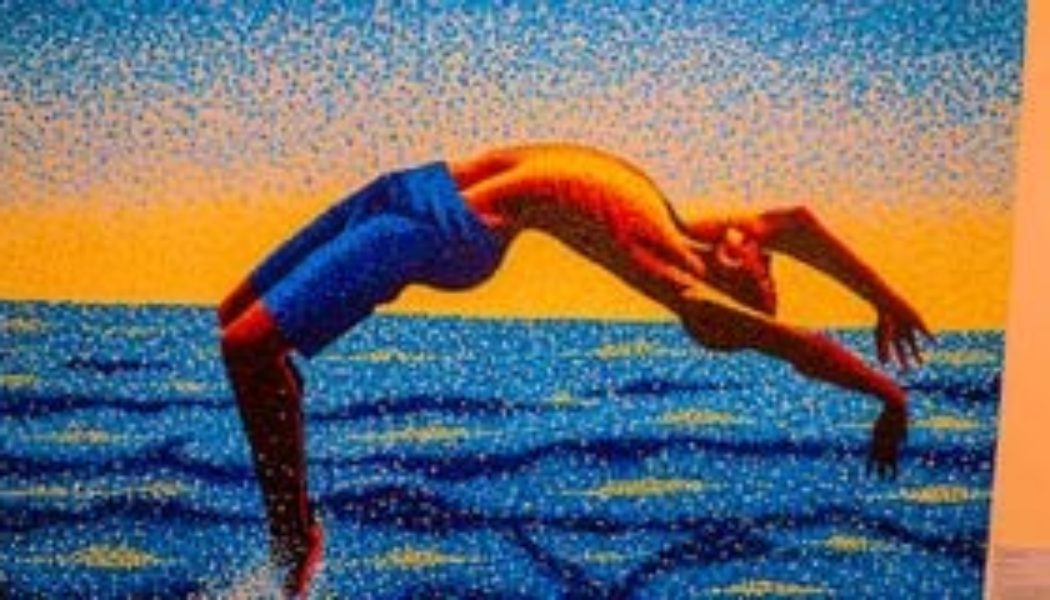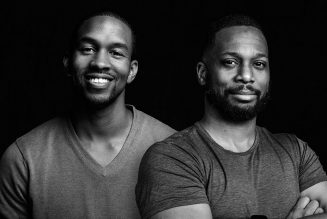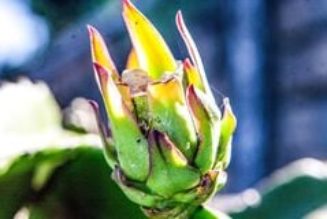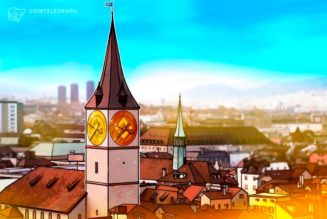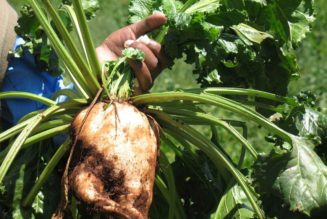The African identity is deeply in the creative psyche of Achieng and Aweko.
The joint exhibition dubbed “Shifting Identities of Africa” taps into Aweko’s Ugandan roots, with bright yellow, red and black colours symbolic of the Ugandan flag and Achieng’s sisterhood experience in Kisumu.
Growing up in Uganda, Rosette Aweko has tapped into her history and the culture shock she experienced moving to Kenya, while Achieng’s move from Mombasa back to her village in Kisumu has played a significant role in this exhibition.
The exhibition currently showcased at the Nairobi National Museum explores how cultures and lives in Africa are changing, drawing on the artist’s individual lives, experiences, and understanding of life in Uganda and Kenya.
Ms Aweko recalls hearing stories about Idi Amin Dada, Uganda’s president between 1971 to 1979 from her family members who termed him a militant dictator.
This is a joint exhibition with her friend -26-year-old Achieng Owira, whose personal life and move from Mombasa to Kisumu and Nairobi influenced her art and view of life in the countryside. The exhibition explores the themes of the changing political landscape in Africa with Aweko’s piece on ‘Rage and Courage’ which captured the recent protests in Kenya.
“For this exhibition, Achieng and I were exploring how our identities have changed over time as Africans, we have picked up a lot of cultures along the way,” says Ms Aweko.
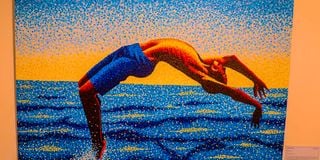
Daredevil acrylic on canvas artwork by Aweko Rossette on display at the Nairobi National Museum on September 19, 2024.
Photo credit: Lucy Wanjiru| Nation Media Group
“The African identity is not as it was a few years ago, it is not static. We have borrowed a lot from other communities, and this is the new African identity.”
In her piece on Rage and Courage, she shows a man’s clenched fist in yellow and black paint as a tribute to Kenyan youth protestors.
She uses pointillism, in her paintings, which is the practice of applying small strokes or dots of colour to a surface so that from a distance they visually blend.
“I mainly use black, yellow and red because these are the colours that represent the Ugandan flag, for I am from the tribe of Aluo in Uganda,” she says.
“As a Ugandan, we have had one president for a long time, watching the Kenyan youth protests a few months ago was very inspiring and the concept behind this piece,” she adds.
She says that her family was closely watching from Uganda and lauded the Kenyan youth for their courage, while appreciating the political journey Ugandans have been through, under the leadership of a dictator to a regime where people can go out and protest in the streets of Kampala.
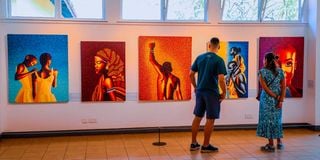
Guests admiring the work of Aweko Rossette at the Nairobi National Museum on September 19, 2024.
Photo credit: Lucy Wanjiru| Nation Media Group
“The ‘Up High and Loving it’, is a piece I dedicate to my late dad, he wasn’t very affectionate, but when I did well in school, I have this core memory of him lifting me on his shoulders,” adds Ms Aweko.
“As we grew older, my typical African father, who was a “be seen but not heard” started warming up and changing his identity with affection and love and he would reach out more as we grew older.”
Ms Aweko has grappled with her femininity and her artistry. She says in her piece ‘The Woman’, that she has had people question her art and her brilliance.
Ms Achieng explores family, sisterhood, domestic violence, mental health and culture. Using acrylic on wood, papyrus and canvas, she captures the spirit of sisterhood as she experienced in the lakeside.
Her expressions of different hairstyles rocked by women in her paintings tell the story of gender, mythology, status and power, the body, psychology, feminism, and notions of beauty.
For Ms Achieng, the different hairstyles and impeccably fashionable sisters in her work- “My sister’s keeper,” pay homage to the fight against femicide, where Kenyans took to the streets in March to protest the killings of women.
The African hair has long been a central element of identity, culture, and history across the continent. It has also been the site of political resistance and a point of discrimination. She started painting in September 2020.
“In 2017, I moved from Mombasa to Kisumu, it was a very different experience seeing how the world had progressed, yet women in the village were strangled by patriarchy, early marriages, and domestic violence, which sparked a passion for sisterhood,” she says.
“When I paint, I do so showing women taking up space and living in the fullness of who they are.”
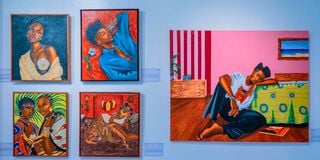
Achieng Owira artwork on display at the Nairobi National Museum on September 19, 2024.
Photo credit: Lucy Wanjiru| Nation Media Group
The two artists’ storytelling serves as a powerful medium for expressing complex emotions while challenging societal norms and preserving cultural narratives.
Their work, while transcending language, evokes empathy, societal call to action and deep introspection.
“Niko Nyumbani is a piece on shifting beauty standards. There was a time when being curvy was in style and now it’s being slim, we can’t keep up.”
“This painting is a reminder that your body is home in this lifetime, it is important to create a sense of belonging within yourself and not seek external validation,” adds Ms Achieng.
On wood, Ms Achieng shows how deep domestic violence has torn families apart in her community and the continent. Aketch- the bitter one, the angry one and Alit- the one in pain tells the story of daughters of a violent home.
How the bitter one is more guarded, and alert than they would prefer, any slight change of energy tickles their nervous system.
Mr Achieng tells the story of Alit- and the thrill she gets when she beats men at something. “It all comes from a place of deep pain.”
The pieces range from Sh40,000 to Sh200,000 depending on size.
